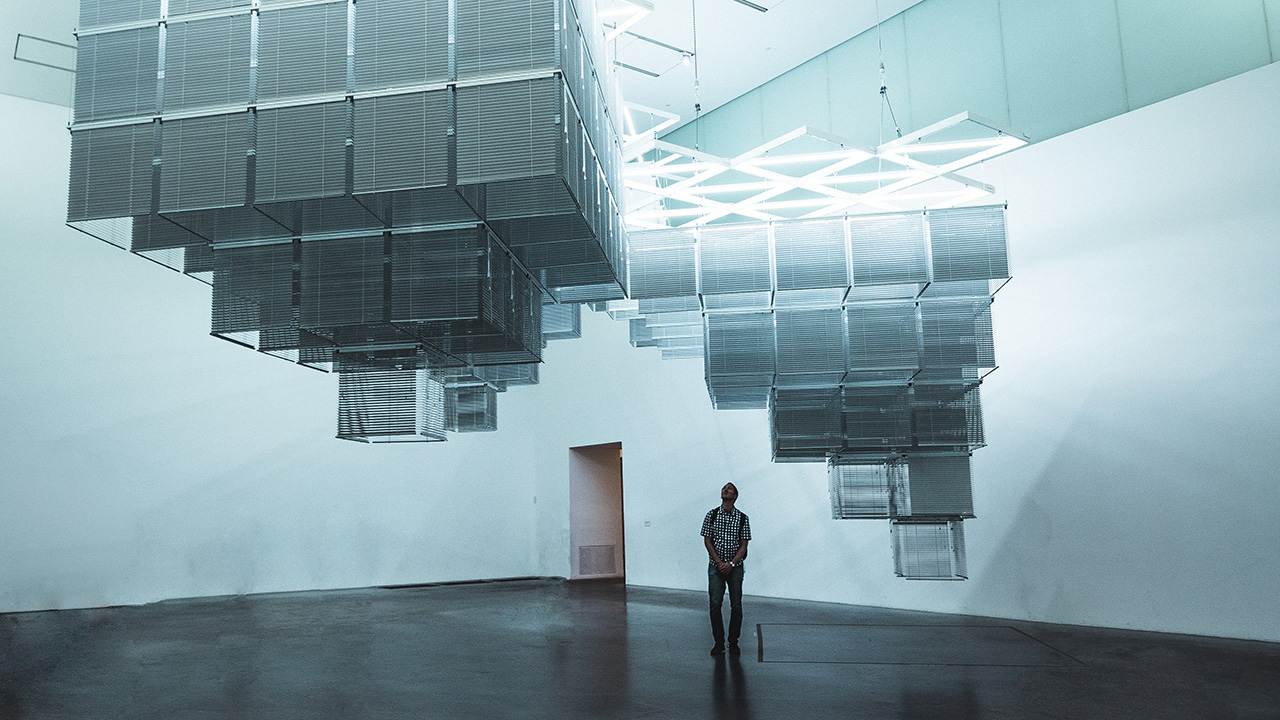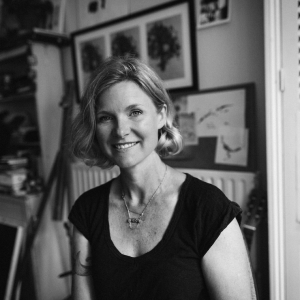Sophie Shaw is the founder of narrative design studio House of Cultural Curiosity (HoCC). Her work involves curation, interpretation, visitor experience, learning and education, participation, co-creation, and community arts projects. HoCC is a vehicle for exploring how to tie these different ways of working into a bespoke creative practice, engaging audiences with ideas in powerful ways.
She is also the instigator of The Experience Shift, an open-source collaborative research project exploring the future of immersive experience design in light of the upheaval brought by Covid-19. Here Shaw takes us through some of the key takeaways unearthed by the project.
The world of immersive experience design saw huge leaps forward in the run up to 2020 and, while the global pandemic hasn’t broken this stride, it has been disruptive both to the sector and to the context in which we operate. It’s pushed us back to the drawing board, provided us with new creative constraints, transformed the needs of our audiences, and given us the opportunity to take a step back and consider where we are and where we’re going.
In the cut and thrust of this unprecedented change I wasn’t interested in hearing from people claiming to know what the future would hold. But I did want to think about how I wanted the sector to evolve, and I was keen to know what other people thought too. When we can’t see the road ahead clearly, one thing we can do is wear our beliefs and values explicitly, find others who feel similarly, and work to create a kind of gravitational momentum together.
The Future Of Immersive Experience Design
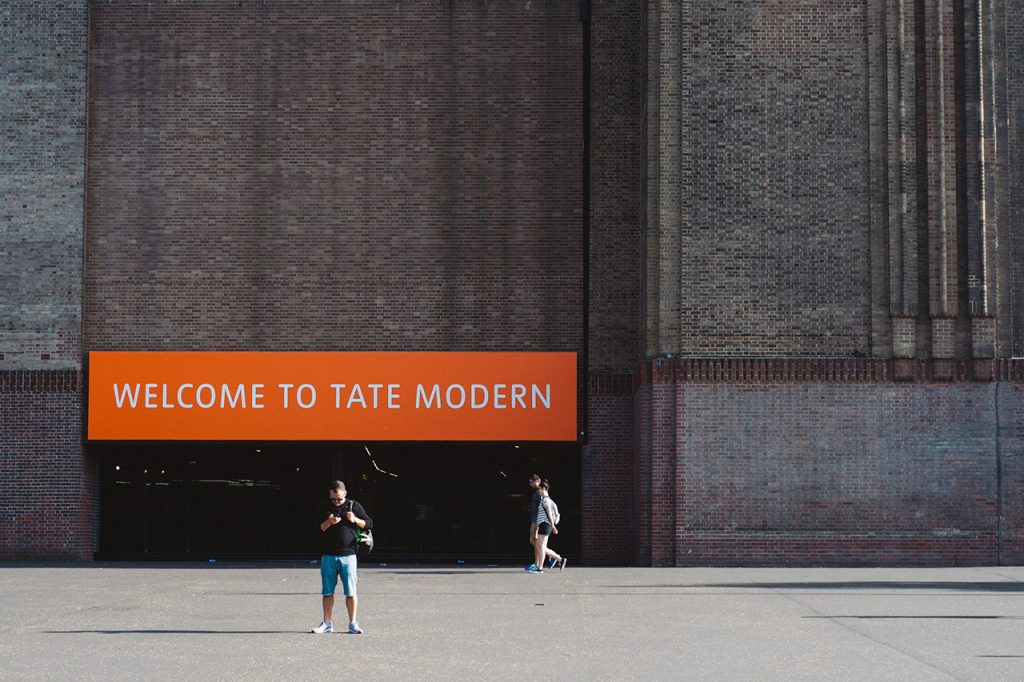
Out of this thinking The Experience Shift was born, which is – in a nutshell – an ongoing, open source research project exploring the future of immersive experience design in light of the upheaval brought by Covid-19.
Self-selected project participants – from institutions like Tate and the Natural History Museum, creative studios such as Thought Den, Sound Intermedia and Yonder Beyond, and academics and thought leaders from University California Davis, Central St Martins, The Experience School and the New Citizenship project – stepped forward to take part in group and individual conversations. The purpose of each session was to respond to provocations around predefined themes.
What Do We Talk About When We Talk About Experiences?
The first obstacle we as a group needed to overcome was the creation of a shared sense of what we mean when we talk about experiences, bearing in mind how broad the field is and the range of disciplines the participants represented.
Does immersive experience mean digital, multi-sensory, interactive? Is it theatrical, story-led, are they situated within a complete world? Is it a game? Is it manned? If I go, will I have to talk to people, will I have to pretend?
A useful definition was provided by experience designer Pigalle Tavakkoli, who offered the idea that:
“Experiences aren’t events that just have external stimulation – an experience takes place in the moment when external factors cause an internal transformation.”
Pigalle Tavakkoli, experience designer
Professor James Housefield added:
“There is room within experience design for all varieties of experience – a deep dive isn’t always wanted – it’s a buffet table.”
Professor James Housefield
For Housefield, the important factor was whether the audience could maintain a critical distance and not get lost in the flow of the experience.
Can Health & Safety Constraints Created By Covid Actually Improve Experiences?
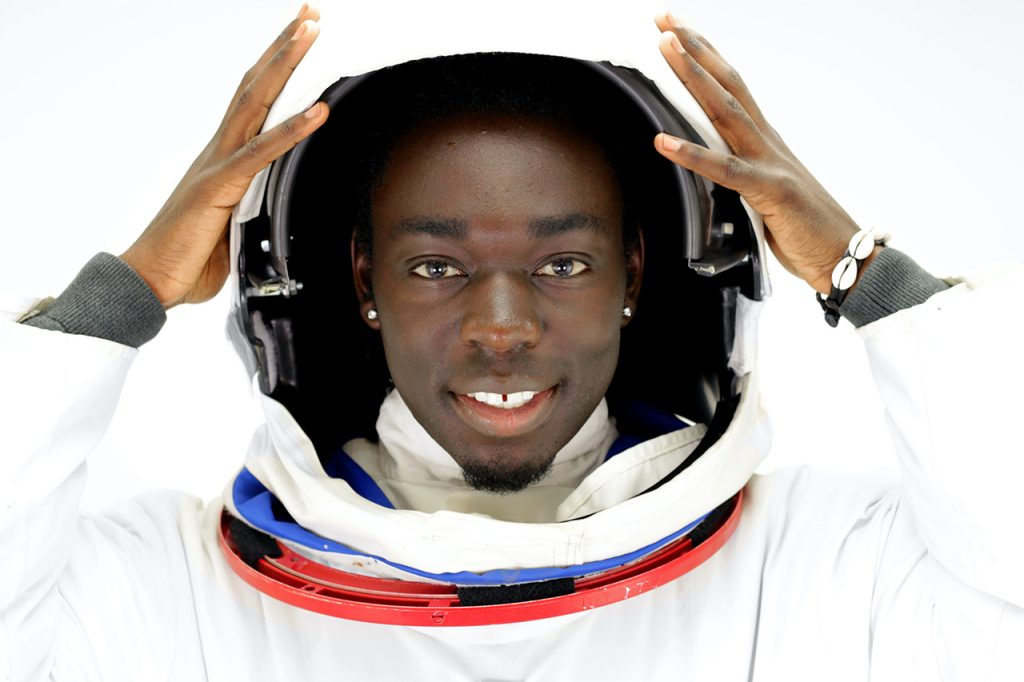
The Experience Shift discussions began with a theme called Creative Constraints and looked at the immediate imperatives brought about by the pandemic. How is our relationship to touch changing and what are the implications of this? Do we need new tools and frameworks to support forging connections between people and the past, objects and ideas, and between people in general?
On a very practical level, new constraints dictated by social distancing are encouraging clients and designers to be more specific as to what they are trying to achieve and are pushing innovation in ways that can elevate the quality of experiences in general.
“What this has created is a shake-up of the marriage of physical and digital – we’re starting to see the integration of good digital experiences within the physical.”
Tim McNeil, Professor of Design at the University of California Davis
Many creatives agreed that as frustrating and changeable as the constraints brought about by Covid have been, they have pushed us to develop in directions that have been on the table and in many cases, desirable for a while. An interesting discussion came from looking at designing for safety. Talking about hygiene and physical safety took us to the perception of safety, or safety as experienced.
“Safety is always crucial. I think that it’s not just about physical safety but also about psychological safety.”
Allison Walker, Interpretation Planner
What emerged is potential to bring ‘safety as experienced’ into the conversation about access and inclusion – not just removing barriers to access, but designing to encourage attendance and engagement from people who are habitually marginalised or excluded from public spaces.
The Role Of Designers In Society
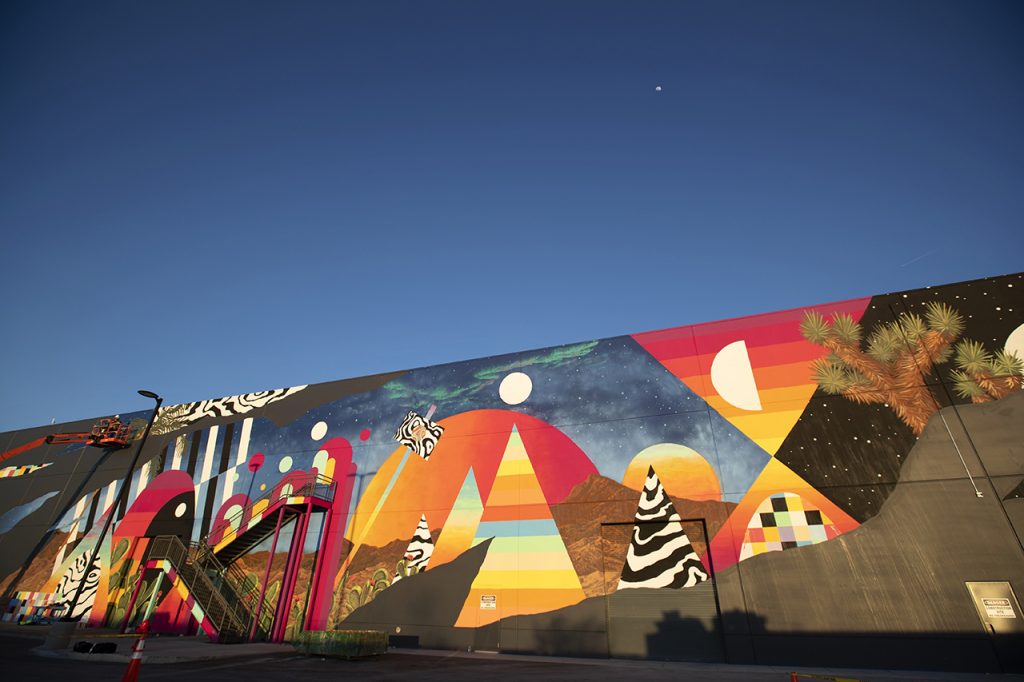
Constraints are, of course, grist to the creative mill, and framing our conversation in these terms brought up an appetite to talk about the role of designers in society in general. The feeling being that, as developing creative solutions in response to a set of constraints is the job, designers are particularly useful to have at the table when thinking about how society can adjust to seismic change.
Within the experience design sector we have new roles to play based on new needs that emerged from the pandemic. There’s scope to inviting people back together into shared spaces, tackling isolation and promoting good mental health.
“Designed experiences are creating a culture. We’re setting a certain precedence.”
Qanitah Malick, Cultural and Creative Programme Coordinator
New Opportunities For Designed Experiences
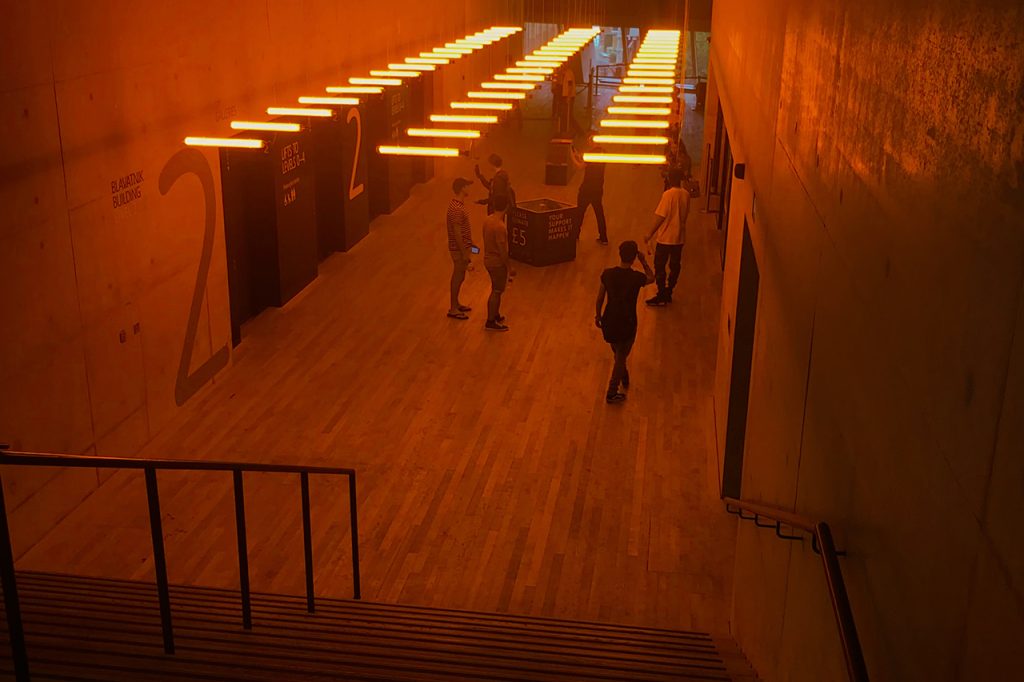
The project’s second theme, Flexing Boundaries, explored the power and potential of immersive experiences. How might we support a shift from consumer to citizen? What does this mean for the function and functionality of interactivity? Do we rely too heavily on what an experience looks like from the outside when designing experiences, over what they feel like from the inside?
“There are already so many clichéd and lazy formulas in digital and especially in ‘immersive’ design relying on notions of surprise, scale and impact that can be quite superficial.”
Neil McConnon, Director of Partnerships at Tate
McConnon saw keeping a sharp focus on the internal experience of the visitor during the design process as a way of ensuring that experiences are bespoke and purposeful.
“Experiences can become more normalised and everyday and more akin to tools that enable us to encounter environments allowing opportunities to reflect, stimulate and engage in meaningful ways.”
Neil McConnon, Director of Partnerships at Tate
Introducing the terms ‘consumer’ and ‘citizen’ brought two strong threads into the conversation. As Professor James Housefield said, this “situates us in the present day and the shifting nature of citizenship as the expansion of the place everyone has at the table”. Alongside this, these ideas have an impact on the role we place our audiences in and the expectations they are entitled to have of us.
We can think of consumers as people whose role is largely passive, being transmitted to – making limited choices between fixed offers – or as citizens whose role is to be actively involved in shaping the circumstances they are in.
“Experience design with any kind of interaction is about moving people from consumption to creation.”
Pigalle Tavakkoli, experience designer
But not all interactivity functions in this way, and often audiences don’t want to interact. Tavakkoli continued, “Students and clients often assume everyone will want to interact, but I say, ‘let’s start by assuming no one will interact – we have to design the entry points’”.
A Fundamental Shift In How We Work
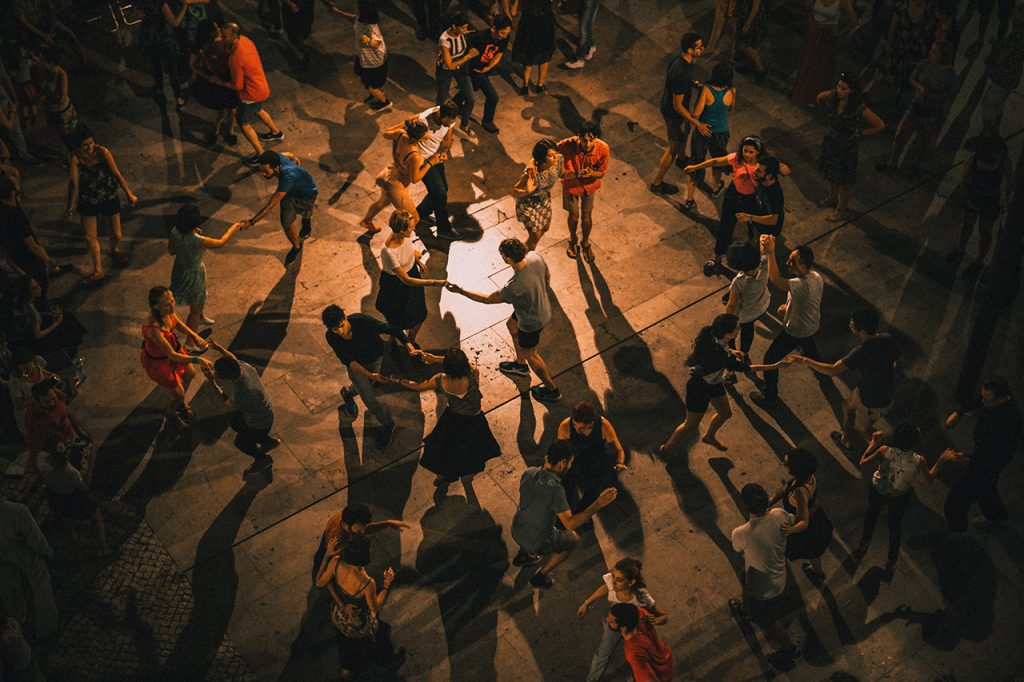
We found a real connection between setting up the conditions for people to have genuine agency within an experience, tapping into their creativity and instincts towards interaction, and creating space for them to forge an active relationship with the content of the experience. This is a powerful combination for brands and institutions who want to build an active community around their mission.
This is not a one-size-fits-all insight, and it will be interesting to explore how thinking about interactivity, agency and creativity in this way can be of use to a range of different experiences. Whatever the purpose, shifting in this way would require a fundamental shift in how we work together as clients, creatives and audiences. More room for flex, more collaboration and a redistribution of control towards audiences are part of this.
On these terms, the role of designers could start to include building and holding strong and supportive frameworks, and facilitating outcomes as much as creating them. These shifts are in many ways occurring anyway. As Exhibition Developer Catherine Morton pointed out: “The rules of engagement have changed in all spheres of life”.
Should Experience Design Be A Collective Effort?
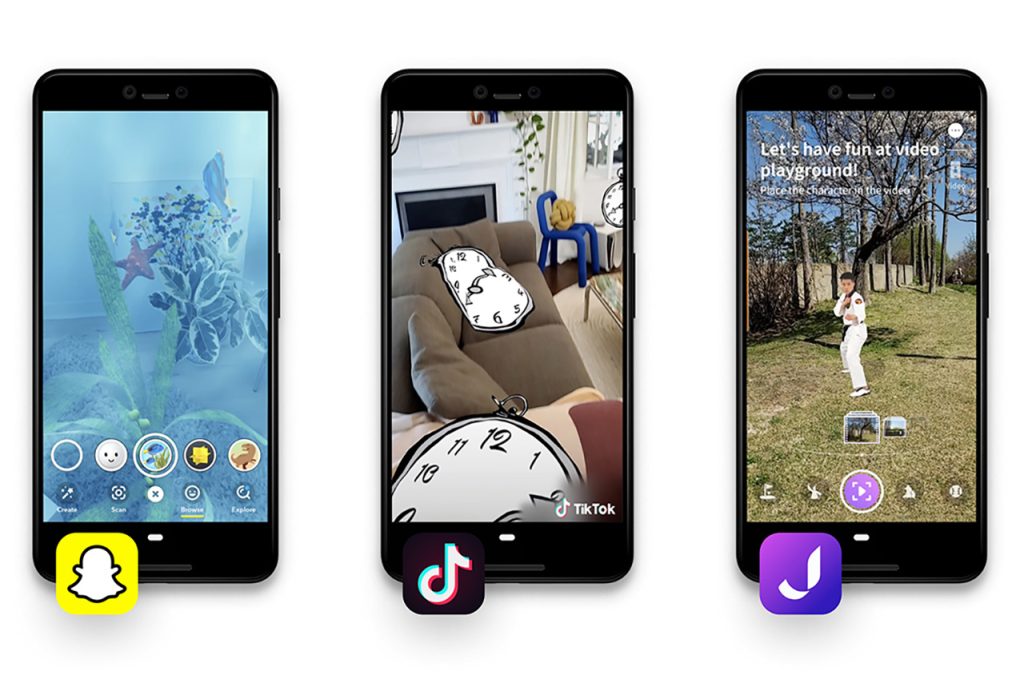
The third theme tackled by The Experience Shift focused on how we come together to build experiences in the first place. Rethinking the Design Process explored the biggest challenges to building innovative and successful experiences at each stage of the project journey – and what solutions are available, from the impact of pitching creative ideas to the broad question of how we can work together to raise the bar for immersive experiences in the minds of audiences, clients and collaborators alike.
The sheer speed at which we are innovating and growing as a sector means our processes have some catching up to do.
“Immersive right now is an emerging, ever-changing landscape, mostly driven by technology. There are still lots of gaps to be filled in the way that we construct these experiences.”
Ben Templeton, Thought Den
One such gap is how we bring diverse skills and practices together to create a team that is greater than the sum of its parts.
“The current disconnect between creative technologists and practitioners means that we are not currently benefiting from a number of tools and skills that could be repurposed.”
Sheena Patel, Yonder Beyond
The creative idea and the mechanics of how the idea will be realised are, ideally, two sides of the same coin – a coin forged from a synthesis of all the different kinds of expertise involved, but for this to happen we need processes that provide a solid foundation for cross disciplinary work as well as time and space for collaboration.
Another gap stems from the fact that we are so often trying things for the first time. To innovate we need to allow space for reflection and iteration. Both of these factors are compromised when the process is squeezed at the beginning, when there is too much pressure to commit to outcomes and reach a fixed and detailed concept design too quickly.
Sometimes this pressure can be traced back to the pitching process, which pushes creative teams to come up with the creative concept before the work even starts. As well as rushing what is arguably the most important phase of work, this whole process is based on free labour and forces creative teams to lay down a road map in isolation from the client.
Dialing Up Collaboration
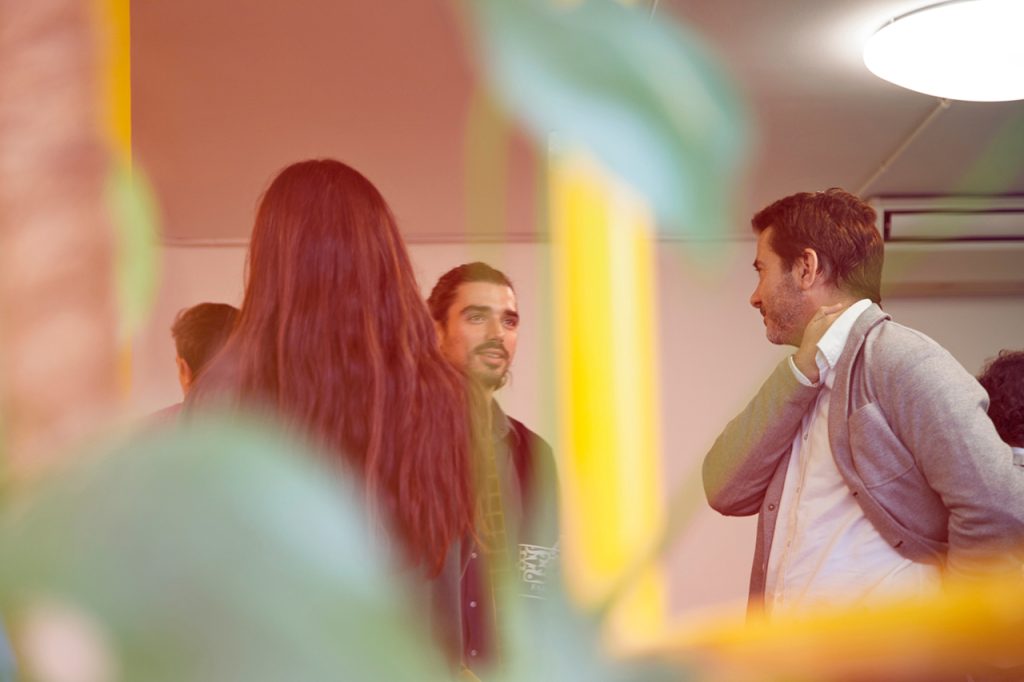
This also sets up a climate of competition within the sector, which is a barrier to knowledge sharing and collaboration on how we build our sector together.
“Rarely do designers from different studios ever get the opportunity to have conversations with each other about their work, because the only times they ever see each other is during a pitching process.”
Tim McNeil, Professor at University California Davis
These are just some examples of how our working practices are barriers to us moving forward. They encourage us to produce safe work or push us to take wild risks outside of a supported framework. They also make it harder to adapt to the new needs and opportunities that our fast-changing environments present us with.
We are all part of a larger whole and complex change requires numerous shifts by all the participating actors. The way we network is a key part of this; dialing down competition, dialing up collaboration, and being intentional about keeping the doors open.
A New Way Of Creating Designed Experiences
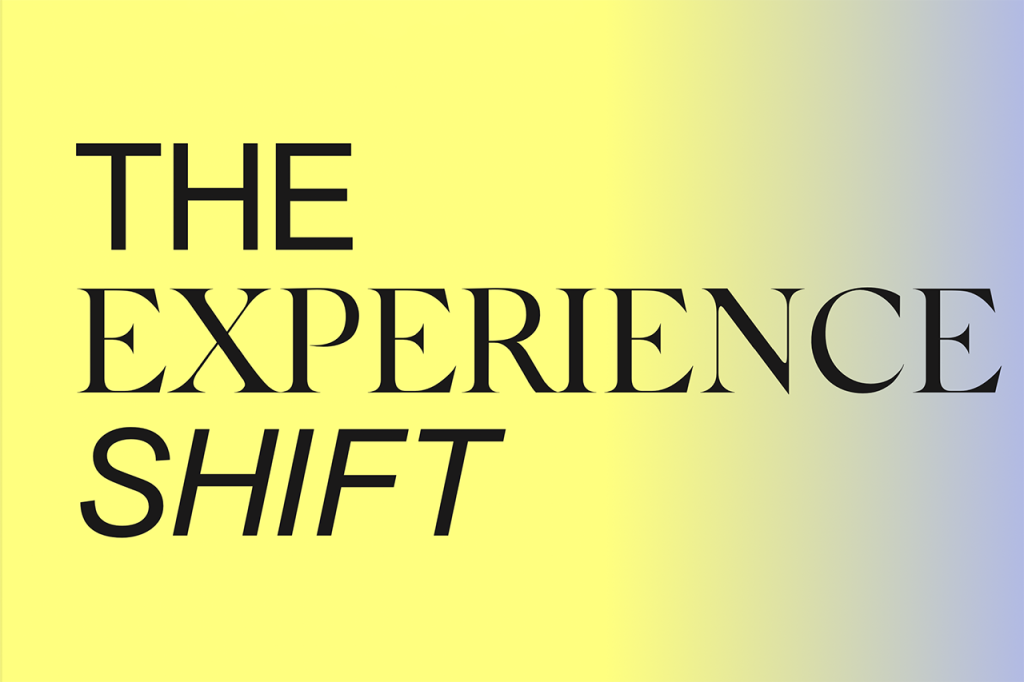
The Experience Shift conversations identified a suite of key principles for taking this thinking forward – a manifesto if you will. You are now invited to consider this as a tool to help power the shift across experience design. Use it to frame conversations within teams, with clients, with communities, and with budget holders. It’s a prompt to power the shift.
The Experience Shift now invites anyone with an interest in the sector to consider, contribute and sign up to realise a richer future for experience design – and that means you! For this process to have impact, it can’t be done in isolation. If anything you’ve read here has sparked something for you, please do get in touch.
To get more insights from experts in the Experience Economy like Shaw – and to be the first to know about our membership programme, events and more – apply to join The WXO now.

